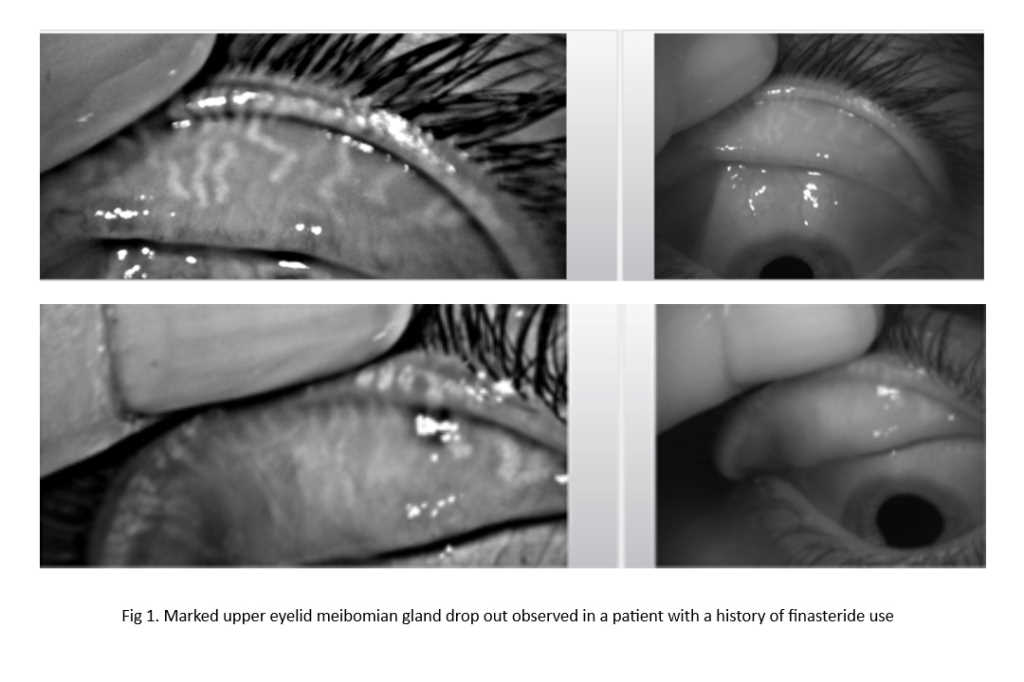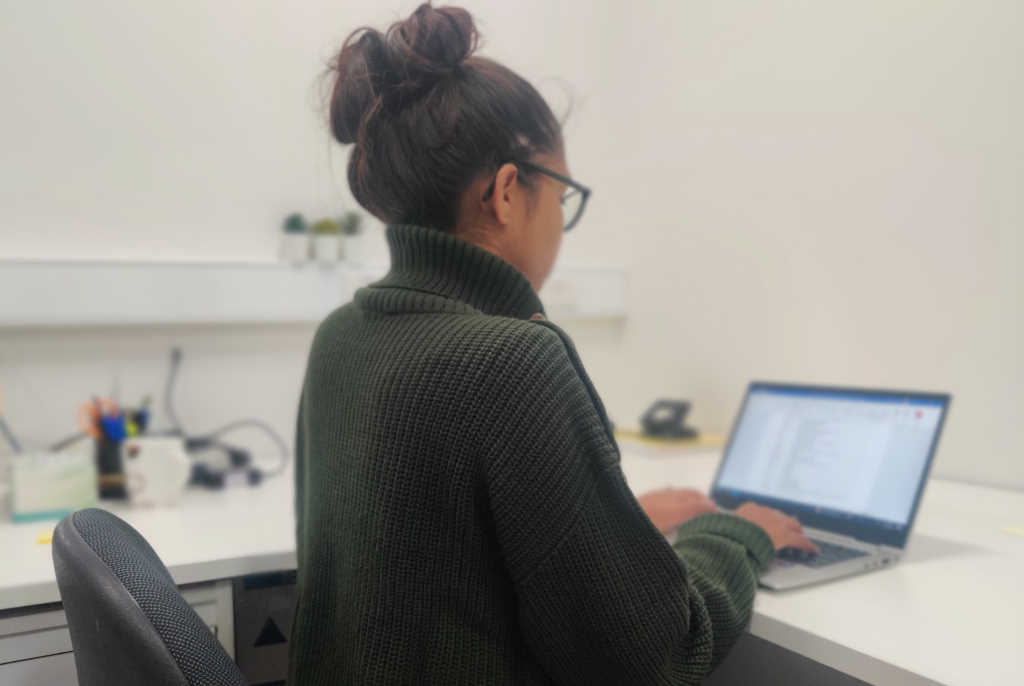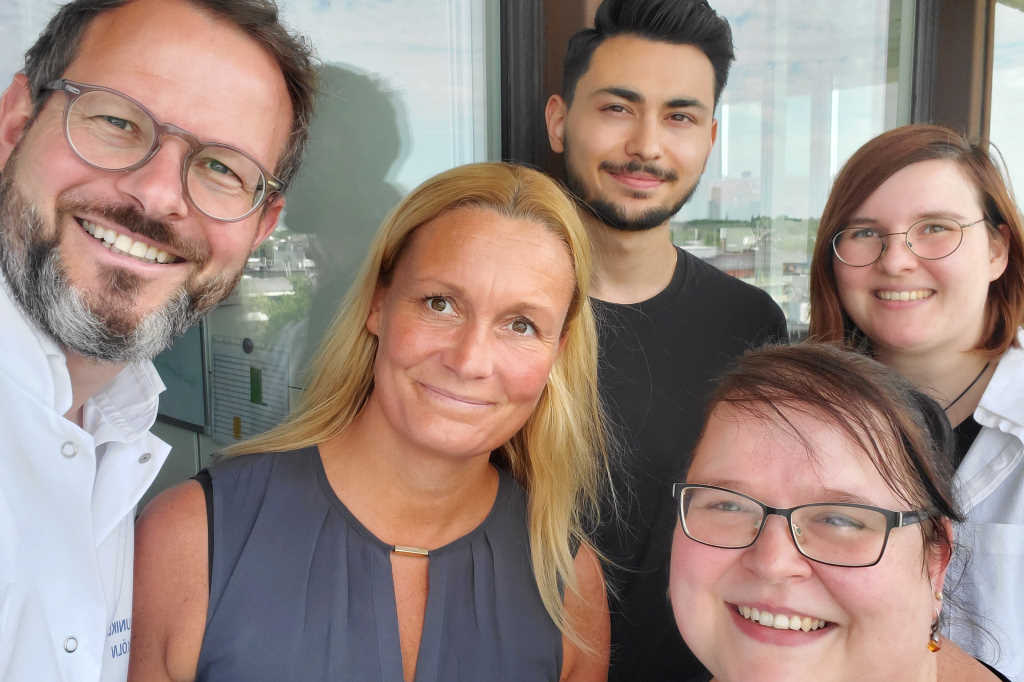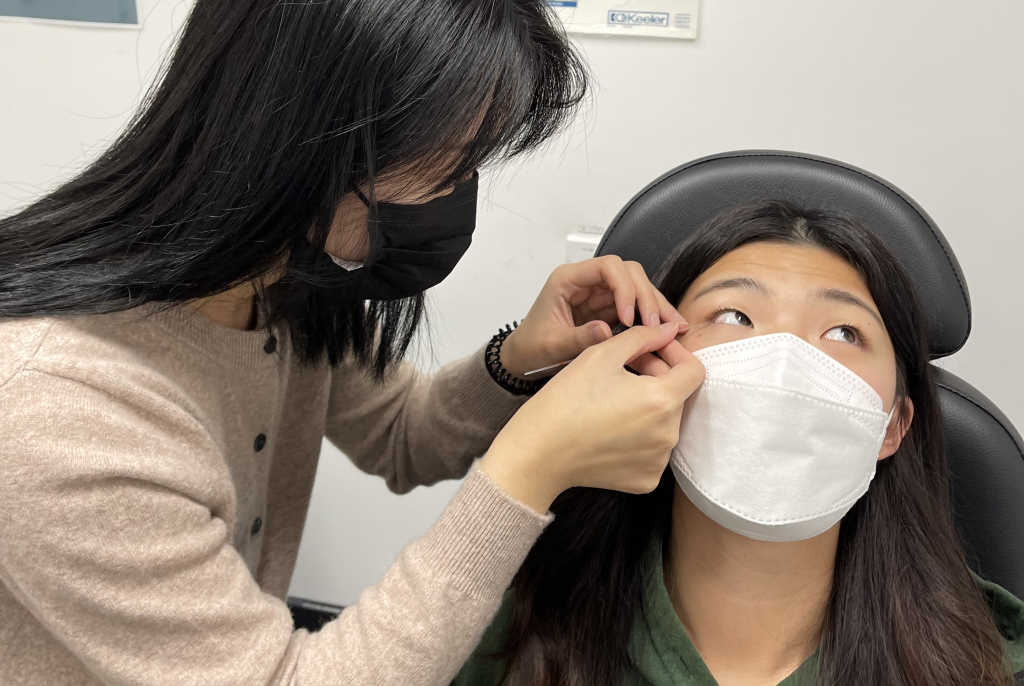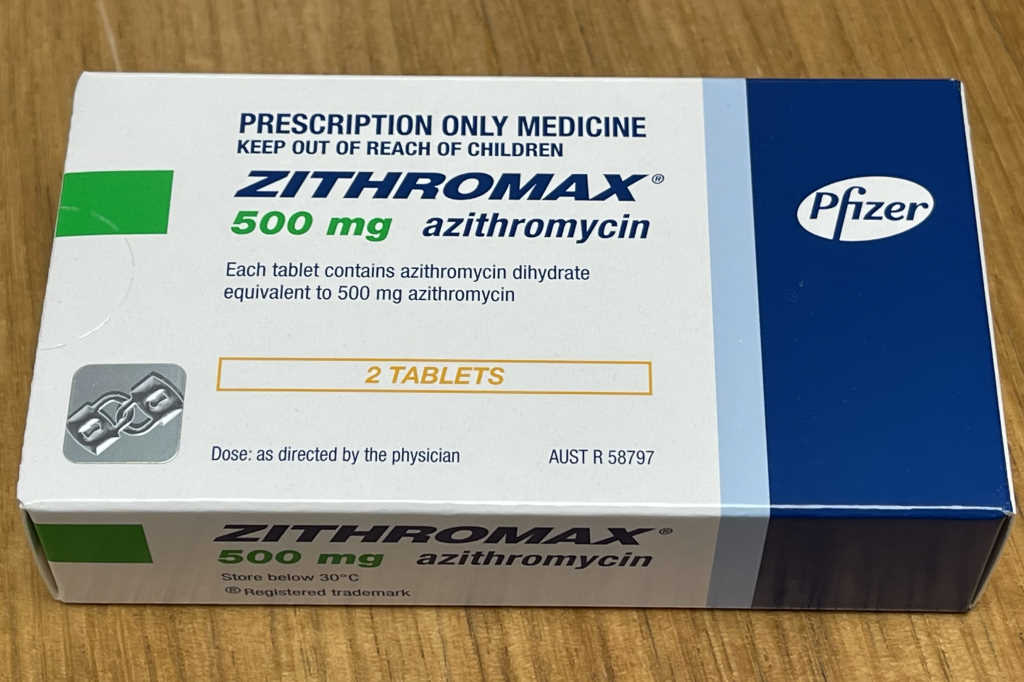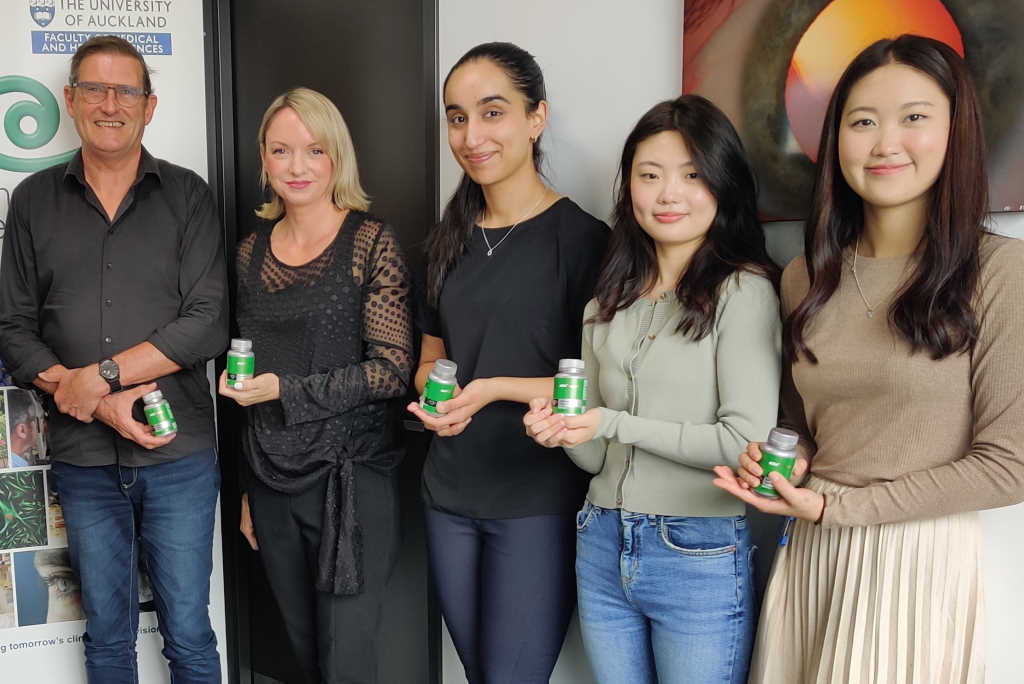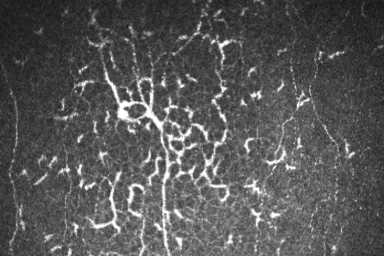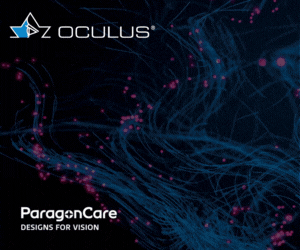TFOS DEWS III advances
Despite Covid and the lack of face-to-face meeting opportunities, the fifth workshop of the Tear Film and Ocular Surface Society (TFOS) is proceeding apace with the aim of submitting the final report early next year for assessment and then release, said chair Professor Jennifer Craig.
Focusing on the environment around us, the fifth workshop ‘A Lifestyle Epidemic: Ocular Surface Disease’ has been an immense undertaking as it focuses on ocular surface disease, instead of just dry eye disease, she said. “We’re dealing with a much broader topic this time – hoping to understand the adverse impacts that can arise, in any component of the ocular surface, due to the choices we make in our everyday lives… things the public might not immediately expect to have an impact.”
This fifth workshop is being led by a steering committee comprising Prof Craig (chair, New Zealand), Prof Mark Willcox (Australia) and Amy Gallant Sullivan (TFOS executive director) and the following clinical subcommittee chairs:
- Environmental conditions – Prof Monica Alves (overall workshop vice-chair, Brazil)
- Cosmetics – A/Prof David Sullivan (overall workshop organiser, USA)
- Digital environment – Prof James Wolffsohn (UK)
- Nutrition – A/Prof Maria Markoulli (Australia)
- Elective medications and procedures – A/Prof José Gomes (Brazil)
- Lifestyle challenges – A/Prof Anat Galor (USA)
- Contact lens wear – Prof Lyndon Jones (Canada)
- Societal challenges – Prof Fiona Stapleton (Australia)
- Public awareness – Dr Christopher Starr (USA)
- Evidence quality – A/Prof Laura Downie (Australia)
To date all the subcommittees have submitted their first reports which have been made available for review by the more than 150 workshop members, spanning 37 countries. Their feedback is now being considered and revisions to the preliminary reports made for discussion at the workshop’s first face-to-face meeting in Taormina, Sicily, in mid-September.
While undertaking their narrative review, each subcommittee has been charged with incorporating specific high-quality papers in their field and conducting a systematic literature review to address one particularly important question that each subcommittee has identified.
“It is exciting. We’re talking about things which potentially impact everyone in the world, from the population level down to the individual level, whether it’s within a patient’s control, such as cosmetic use or nutrition or, like pollution, may be out of their immediate control,” said Prof Craig. “The ocular impacts can be mild or severe, but even when they’re mild, they can be persistent and still adversely impact quality of life, so it’s incredibly important that we understand how all these different factors can influence the ocular surface.”
Like all good research, the end report will almost certainly raise as many questions as it answers, she added. “But hopefully it will help drive research in the field in the right direction, promoting the identification, and management of risk factors as well as the establishment of safe thresholds that we can recommend to our patients."
The full report is expected to be publicly released within The Ocular Surface journal early-mid next year.











